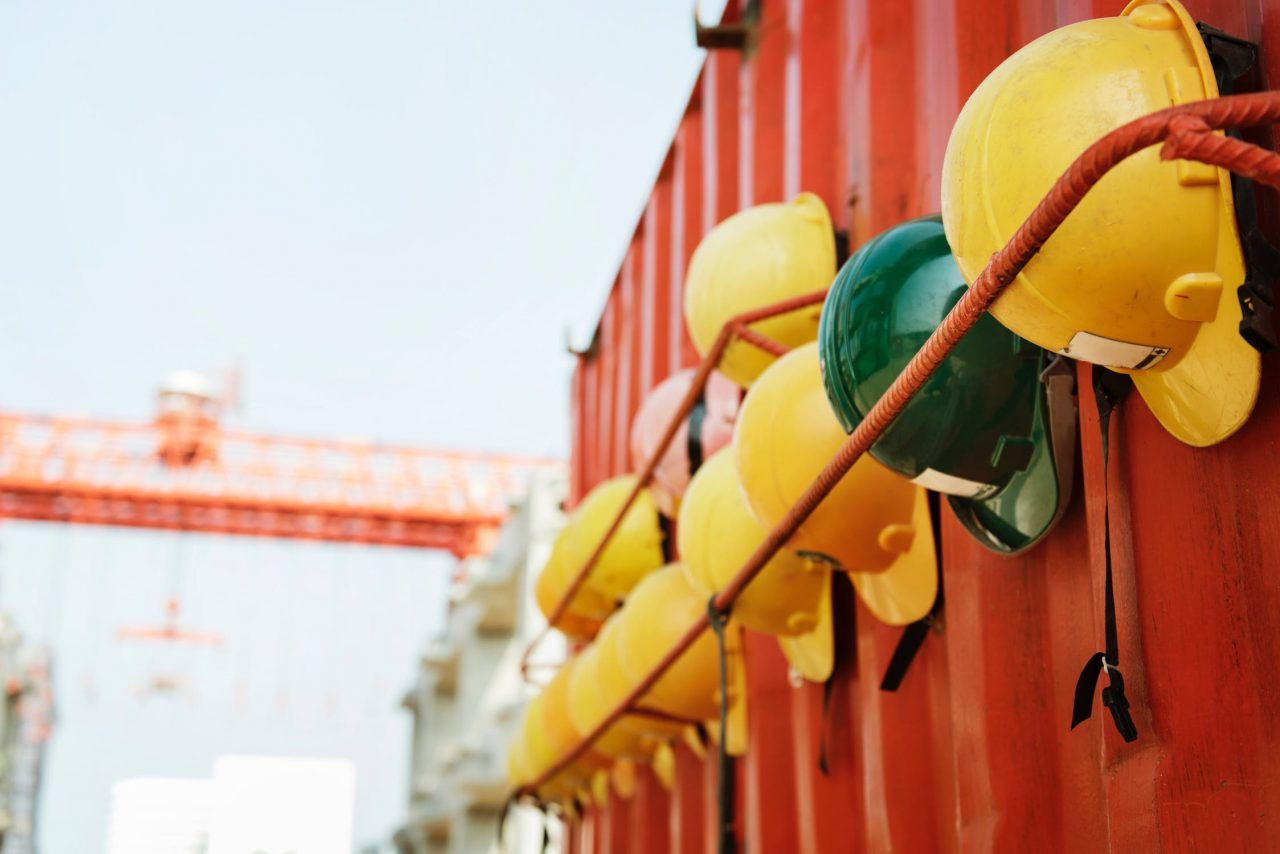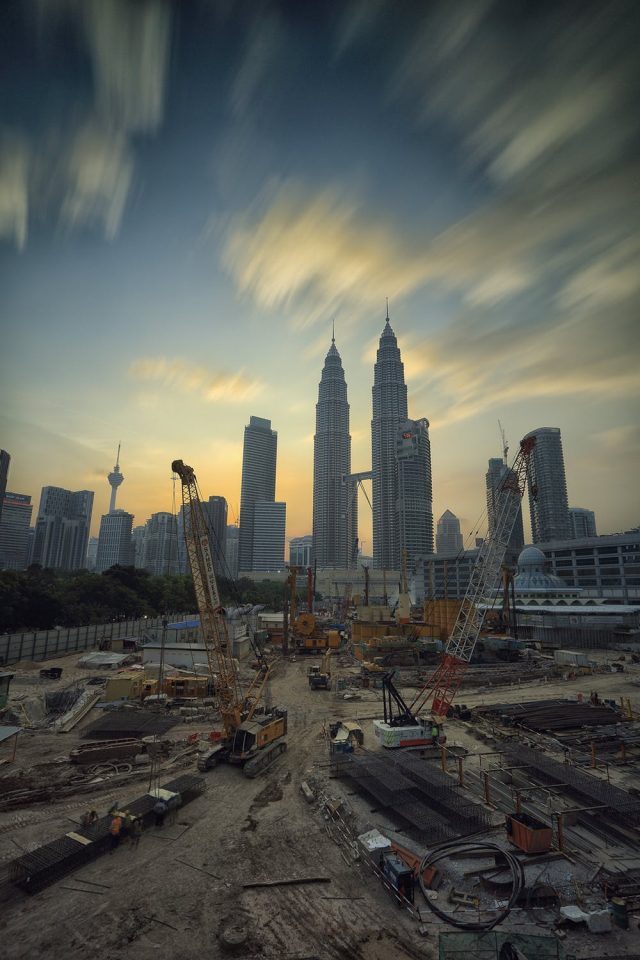
Shoring, simply put, is the process of temporarily supporting a structure, building, vessel, or trench. Shoring usually occurs when the structure is in danger of collapse, or when repairs are needed to be done to the structure. Structural shoring supports the floors and beams that hold a building up while a wall or column is removed for repair or renovation. Shoring is used to prevent building collapse and to protect workers while they perform their job safely.
What is Structural Shoring?
The San Francisco Bay Area has been notoriously difficult to keep constrained to a particular size. Urban growth and development just seems to be unending, inflating the notoriously high cost of real estate and living expenses in the area. Despite that, the area sees continued growth partially due to the presence of global technology giants such as Google and Apple, along with many high-profile tech startups in Silicon Valley.
With the Bay Area being such an appealing area to live for a variety of reasons, it means that parts of the Bay Area are constantly being upended for upgraded versions or amendments to buildings to bring them into modernity. Structural Shoring is used to temporarily support a building so that it does not collapse or incur unnecessary damage due to improper load distribution when significant repairs and alterations are made to the building.
This process can range from minor alterations by which shoring is still necessary due to safety requirements and protocols, or it can mean the entire demolition of portions of a building for a large-scale renovation that requires sophisticated shoring solutions as well as a keen understanding of engineering principles.
One of Sheedy Crane’s most difficult and rewarding shoring projects was the temporary shoring of Bay Area hospital buildings in which the strictest standards of the OSHPD (Office of Statewide Health Planning and Development) were required to be met.
Types of Shoring
There are many types of structural shoring that can be used to achieve support of buildings being worked on.
Raking Shore is when a set of timbers are laid against the face of a structure at a sharp lean so that they can support the structure horizontally.
Beam and Plate shoring is exactly how it sounds, steel I-beams are set into the ground and then are supported by steel plates. This shoring technique is helpful in situations where soil conditions are a factor.
Scaffolding is the simplest form of shoring in a technical sense. It not only supports minor structures but also people. While some argue that shoring and scaffolding are different, the difference lies primarily in the utility!
1. Raking Shoring
Rakers – also known as scaffolding tubes, are set an incline from the base of the structure to the top of the wall. These rakers provide support in a diagonal manner, with plates mounted to the
ground and the structure itself. Rakers are generally angled from 45-75 degrees and secured with braces that bolt into cleats in the wall at a few given intervals. The strength of the individual scaffolding tubes depends on the amount of weight being distributed by the structure itself.
2. Flying Shoring
These shores do not touch the ground; rather, they span walls in mid-air to prop them up. A horizontal strut is placed between walls and secured to plates. A network of smaller, shorter beams (also known as needles) attached to steel construction cleats distribute and balance the weight evenly.
3. Dead Shoring
A system of beams and posts are used in dead shoring to vertically support a building’s roofs and floors by transferring the weight of a structure to the ground and the temporary support structure. The vertical props are braced to sole plates on the ground, with needles securing the tops of the dead shores.
4. Trench Shoring
A trench may be dug to build new or existing structures beneath a building, such as additional living units, parking garages, or storage spaces. Soldier pile walls are often used to hold the weight of a dug trench while work is performed. H-shaped piles are inserted into holes in the ground a filled with concrete at around 6 to 12 feet intervals. The hole may be around 24” in diameter with the H-pile 10-14” wide or deep. Steel piles may also be used instead of h-piles in the absence of concrete. Between the h-piles are 4×12 horizontal wooden beams to retain and support the weight of the soil behind the wooden beams.
Structural Shoring Uses
Structural shoring is used in many different applications, and here are some of the most common:
- Excavations: When excavating for foundations or underground structures, shoring is essential to prevent soil collapse and protect workers and the public.
- Tunnels: Tunnels require shoring to prevent collapse and maintain stability during excavation.
- Bridges: Shoring is used during the construction of bridges to provide support and prevent collapse.
- Buildings: Shoring is used during the renovation or repair of existing buildings to prevent structural failure.
- Pipeline and Utility Work: Shoring is used to support trenches during pipeline and utility work, preventing soil collapse and protecting workers.
Structural Shoring San Francisco Bay Area

Sheedy Drayage Co. is a results-driven company focused on the unique design and implementation of project needs for structural shoring solutions. We offer a full turnkey design, engineering, installation, removal, and fabrication solution for structural shoring. We’ve propped up warehouses, parking garages, and multiple other structures that were in need of structural support or repair. Our solutions are designed to meet both small and large jobs, with no project too large for Sheedy.
Some of our most challenging projects involved the temporary shoring of hospital buildings; the job was demanding due to strict Office of Statewide Health Planning and Development (OSHPD) requirements and collateral considerations. Despite this, Sheedy was able to get the job done in a safe, efficient, and timely manner. If you need structural shoring services in the San Francisco Bay Area, call Sheedy today.
